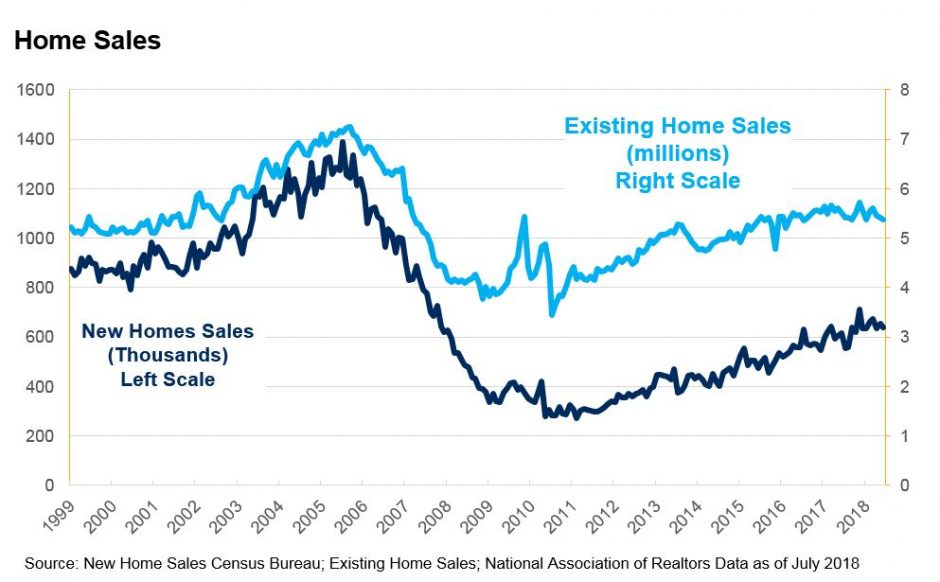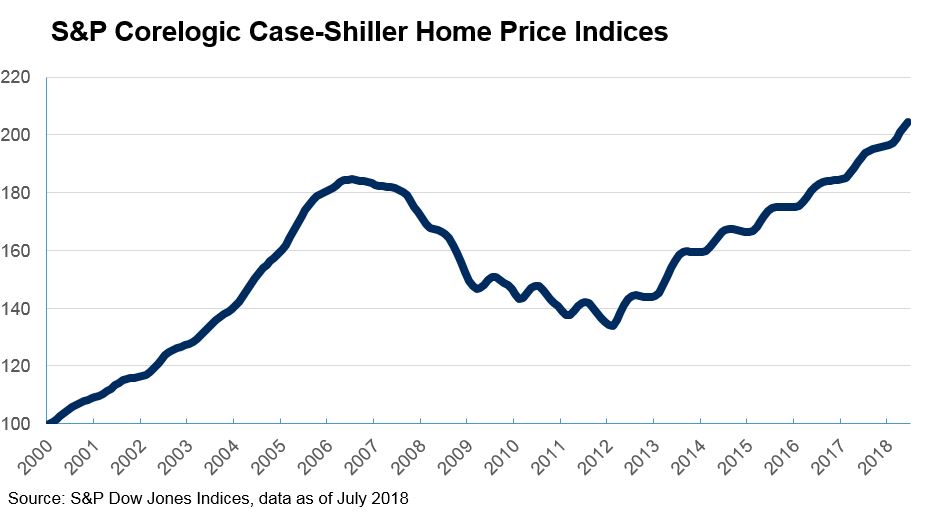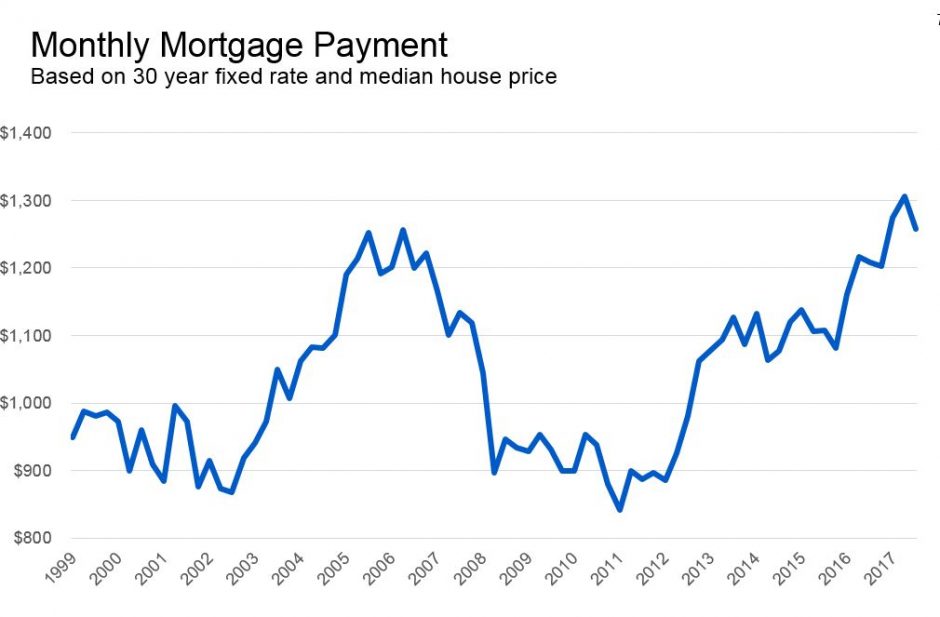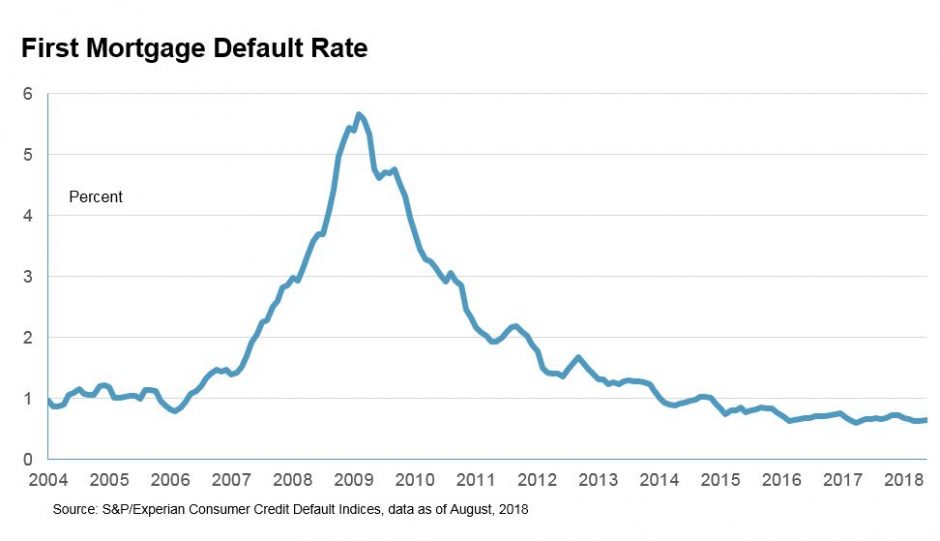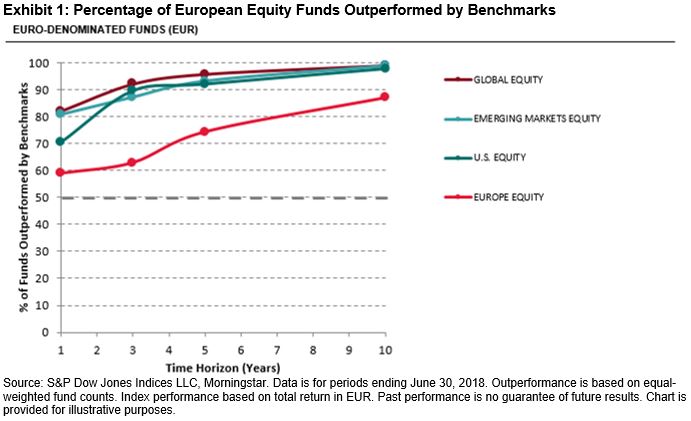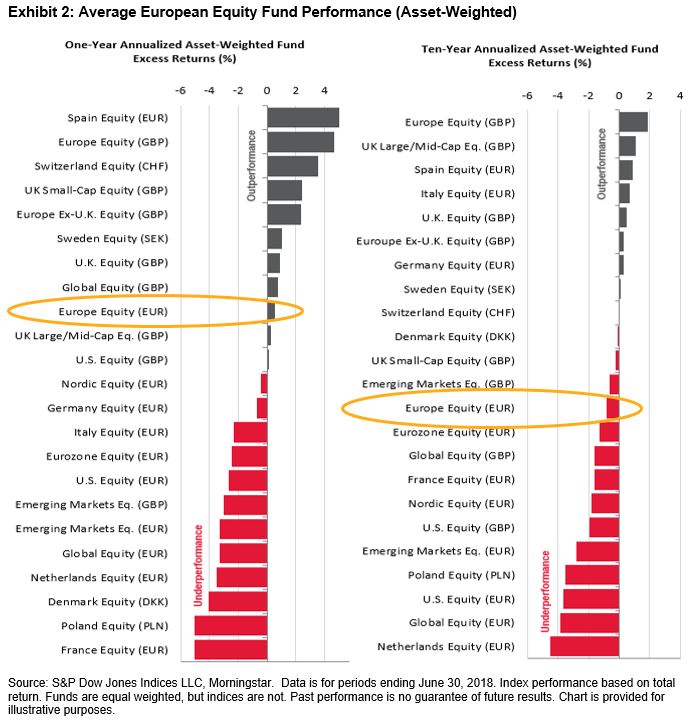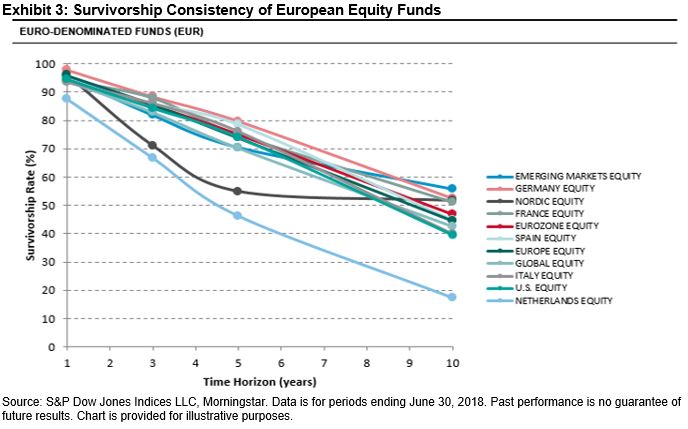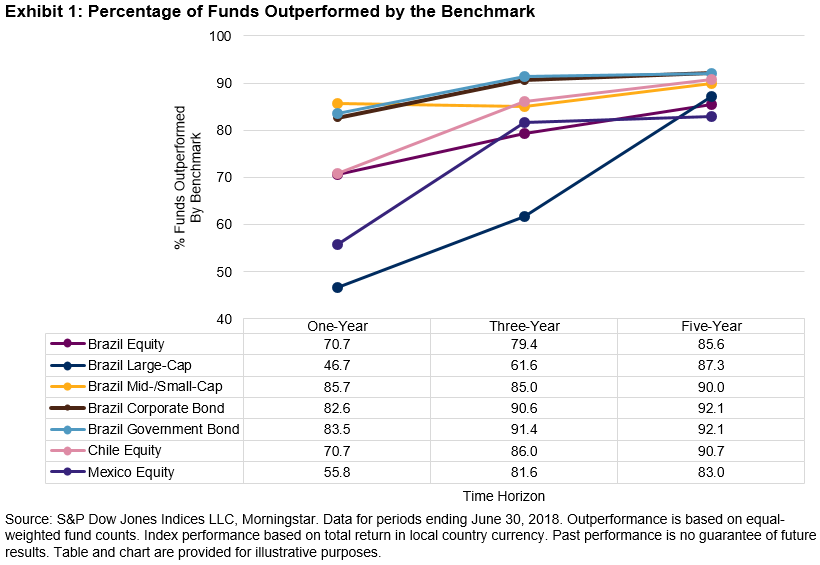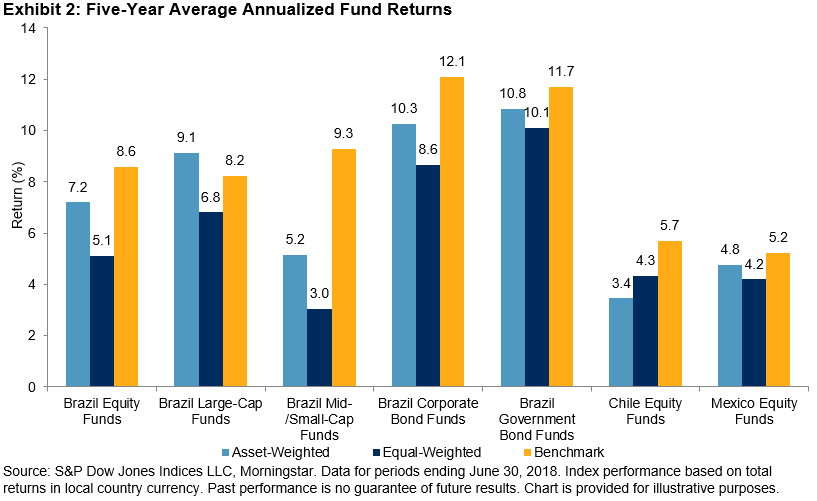Maybe you can’t technically get fired after retiring, but running out of income in retirement is a real risk many people fear. According to TIAA, 49% of Americans say their No. 1 goal for a retirement plan is to provide guaranteed monthly income in retirement, and 68% of Americans would first choose a retirement paycheck that lasts as long as they live when given a choice of income options. Yet, 70-80% of new entrants to DC plans (defined contribution) default into predominantly mutual fund TDF’s (target date funds,) which have nothing to do with income.
Recently, S&P Dow Jones Indices had the opportunity to discuss the innovative solutions for managing risk of income shortfall in retirement with Marlena Lee, co- head of research at Dimensional Fund Advisors, and Timothy Pitney, managing director of institutional investment and endowment distribution at TIAA. In the video below, they point out the risks in managing retirement assets focused on income that have been brought to the forefront, especially since the Pension Protection Act of 2006.
While the intention of encouraging automation by defaulting contributions into retirement funds into Qualified Default Investment Alternatives (QDIA) are well meaning, the definitions of QDIAs often guide investments into life-cycle or retirement date funds designed around diversification, retirement age or retirement date. However, to many participants, income requirements are the main concern in order to maintain a similar standard of living through retirement as in the working years. To accommodate this need, there are new solutions available with different characteristics than traditional default options that are explained in summary below from the video interview.
Q. When considering an income-focused default investment, what are some of the key considerations and tradeoffs managers make?
A. Any investment approach must make tradeoffs, and that is true of target date type solutions as well as income-focused target date solutions. In either case, a tradeoff must be made between risk and expected return. There must be a balance between riskier assets that help investors grow their savings with risk-mitigating assets that help to reduce the uncertainty of meeting retirement savings goals as one approaches their retirement date. The key difference for an income-focused approach is that the risks that must be considered are related to the uncertainty of future income rather than the volatility of wealth.
Traditional target date funds typically increase fixed income exposure nearing retirement to reduce overall volatility. However, the appropriate risk management asset for an income-focused solution is one that hedges against inflation and interest rate risk and reduces the uncertainty about how much income can be expected in retirement. TIPS (Treasury Inflation-Protected Securities) matched to the duration of future retirement income liabilities seem to be an appropriate risk management asset for an income-focused solution, utilizing Liability Driven Investing (or LDI) as the investment philosophy for the fixed income component of next generation default solutions.
Q. How does an income-focused target date fund differ from a standard target date fund?
A. When the focus of a target-date investment turns towards retirement income, a different set of risks emerge and need to be managed. The risk being managed now becomes uncertainty of retirement income, not investment account balance volatility that exists in traditional target date funds. The factors for investment managers to consider when trying to reduce the uncertainty of retirement income are then market risk, interest rate risk and inflation risk. An income-focused target date fund will:
-Pick an appropriate glide path to manage market risk appropriately
-Minimize interest rate risk by duration matching the income risk management securities (i.e. bonds)
-Protect the purchasing power of retirement income through inflation hedging the income risk management securities.
Communications under income-focused target date funds may also become easier for participants to understand as reporting can now be provided in terms they are used to – annual income throughout retirement.




